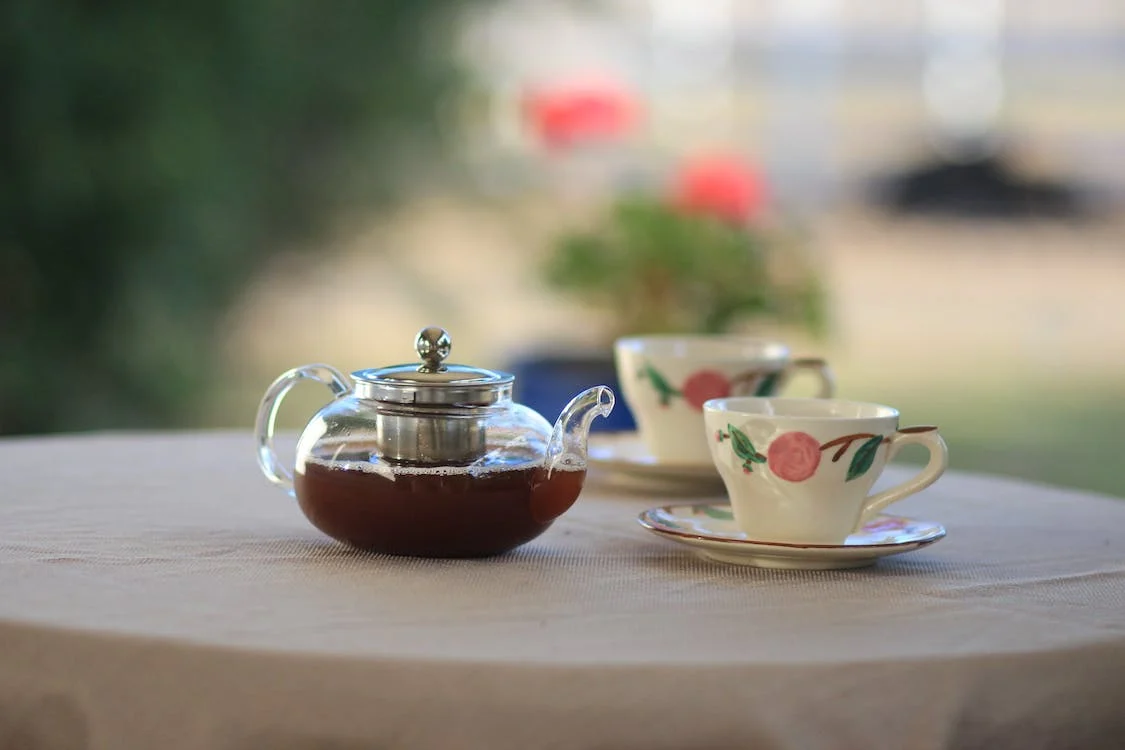Coffee is the dominant choice of drink in the Western world, but tea dominates the eastern part of the globe.
There are five authentic tea varieties: Black tea, Green tea, Oolong tea, Pu-erh tea, and White tea. Also, there are about 28 more types of teas that are beneficial to health and wellness. Whatever suits your taste, the best teas that you know isn’t perfected with milk or sugar, but rather the process of brewing. It’s the proper temperature and time that perfectly extracts the tea’s flavors and scents, and the add-ons like milk and sugar just make the taste a little better.
If you plan to have a tea shop or simply wanted to know the best brewing techniques and methods, here are the basic things you must know.
What to know about the use of water
Water is the main ingredient besides the tea itself. However, not all water is the same.
When using tap water, be sure it’s fresh and cold. Avoid using tap water that’s been in your kettle quite some time, or that’s been previously boiled. When you use hot tap water, there are greater chances that it will affect your tea’s flavor because it tends to carry more minerals, like calcium and lime.
Springwater is better because it contains just the right amount and type of minerals that will bring out the best flavors.
Tea Brewing Temperature
Do not brew your tea in rolling boiling water as the state of boiling releases oxygen from the water, which prevents the tea from reaching its fullest flavor potential. Each tea type has its own recommended temperature when steeping. Listed below is the guide to the steeping temperature of the few tea types. (Note: The temperatures are shown in Fahrenheit.)
Tea Type Ideal Tea Steeping Temp
White Tea 175 F
Green Tea 175 F
Oolong 195 F
Black Tea 195-205 F
Mate 208 F
Rooibos 208 F
Other Herbal 208 F
As you can see, some tea types are best when brewed just before the water reaches its boiling point (of 212 degrees Fahrenheit). Even if your water has reached a boil and cools down to the ideal temperature, it still will have released oxygen, so it’s best to start over with new water at that point.
Brewing Methods
Tea Bags
This is perhaps the most common and the easiest way of brewing tea. Yet, serious tea consumers and fanatics ridicule this type of tea brewing.
However, tea bags for mass production rarely live up to the flavor quality of single-origin leaves. Some companies purchase high-yield summer harvests and blend many batches together to achieve consistent flavor. With the use of the fine filter, the broken leaves, or even tea dust (‘fanning’), leftover after the production of whole leaf teas, can still be used. These particles of leaves release bitterness and astringency more quickly.
All these caveats can give tea bags a lousy reputation, but that doesn’t make them any less useful.
Infusers
Infusers have various shapes and sizes, including clamping tea balls, novelty strainers, travel thermoses, and larger baskets intended to sit at the top of a pot or cup. Teabags are, in a way, a variant of an infuser basket, made with cotton instead of the typical metal mesh.
Tea Ball Infusers
This type of infuser is a sphere made of mesh with a hinge, allowing you to fill them with loose tea and then clasp them shut. They work similarly as tea bags, allowing you to dip them into hot water, and then pull them out when it’s thoroughly steeped. Being reusable of this handy little device is an advantage. Another advantage is that it allows you to mix your own blends of different tea varieties to create a signature blend for your restaurant or cafe.
Basket Infusers
This is a versatile method applicable to any tea regardless of leaf size. The basket infuser can sit atop a mug or teapot for maximum space.
Teapots made in China and Japan include a built-in straining filter either on the inside or at the spout’s base. Japanese infusers often have a finer filter to suit the broken leaves of popular locally grown green teas.
French Press
Yes, you’ve read it right. French press, although much familiar in brewing coffee, it can also be used in brewing tea. An advantage is that you can brew a few cups at once and use the French press on both steeping and serving. However, one major disadvantage is that the leaves are not removed after brewing, but simply sit at the press’s bottom.
Tea Brewing Strainers
A tea strainer sits over your cup with a small mesh basket and holds loose the tea leaves. The tea is then made by just pouring boiling water on top of the leaves, allowing it to pass over them and flow through the strainer’s mesh. This is quite similar to tea infusers; it’s just that this one is a strainer. This technique may not be that known and doesn’t give you much control over the length of your brewing time, but if you’re looking to give your guests an elegant and interactive tea experience, this perhaps can be a good option.

